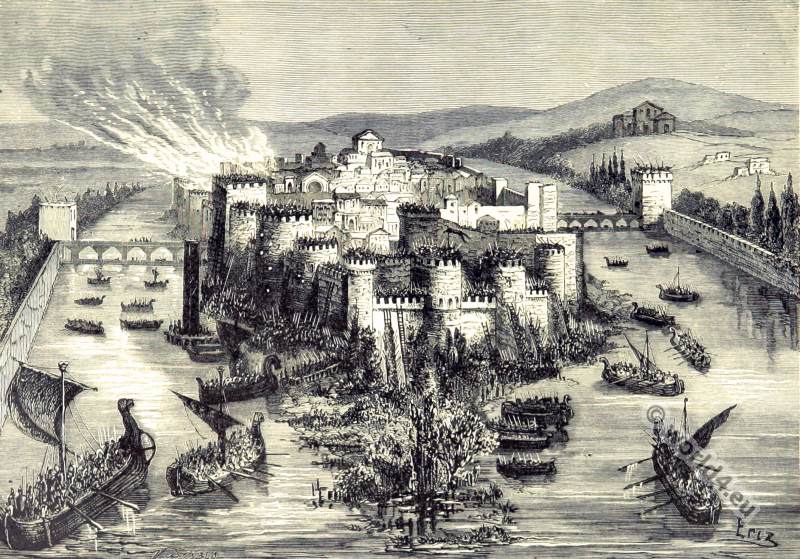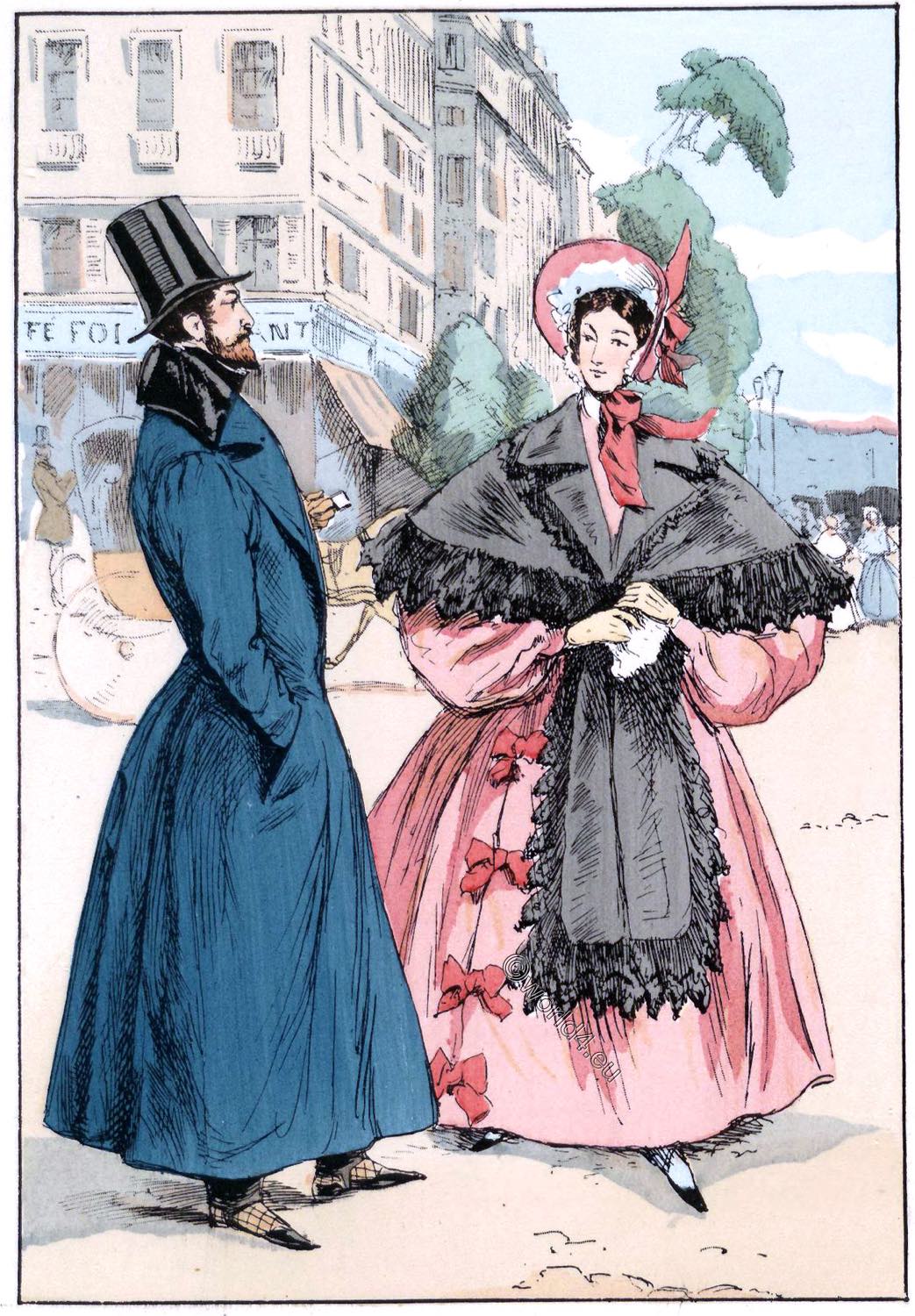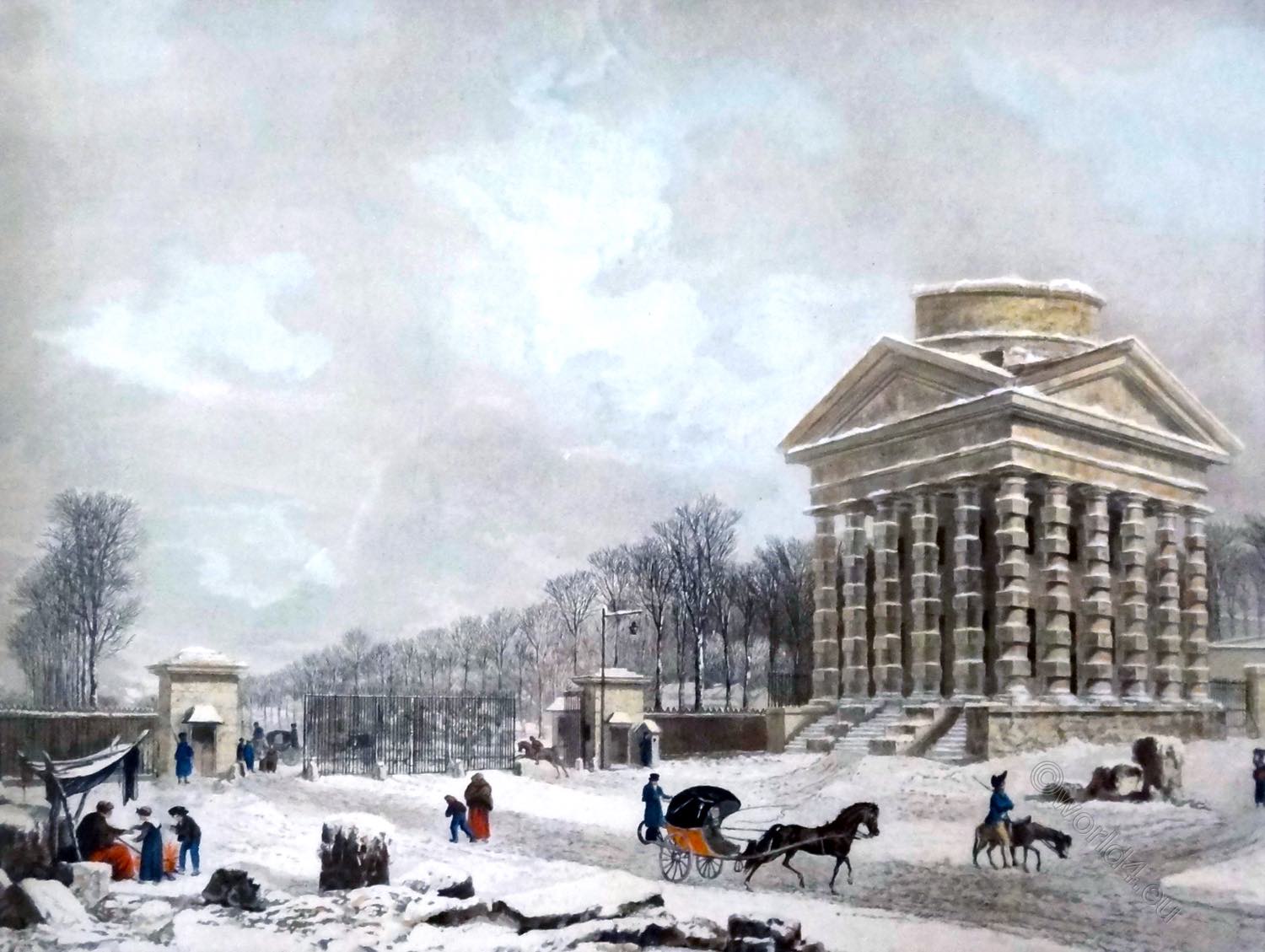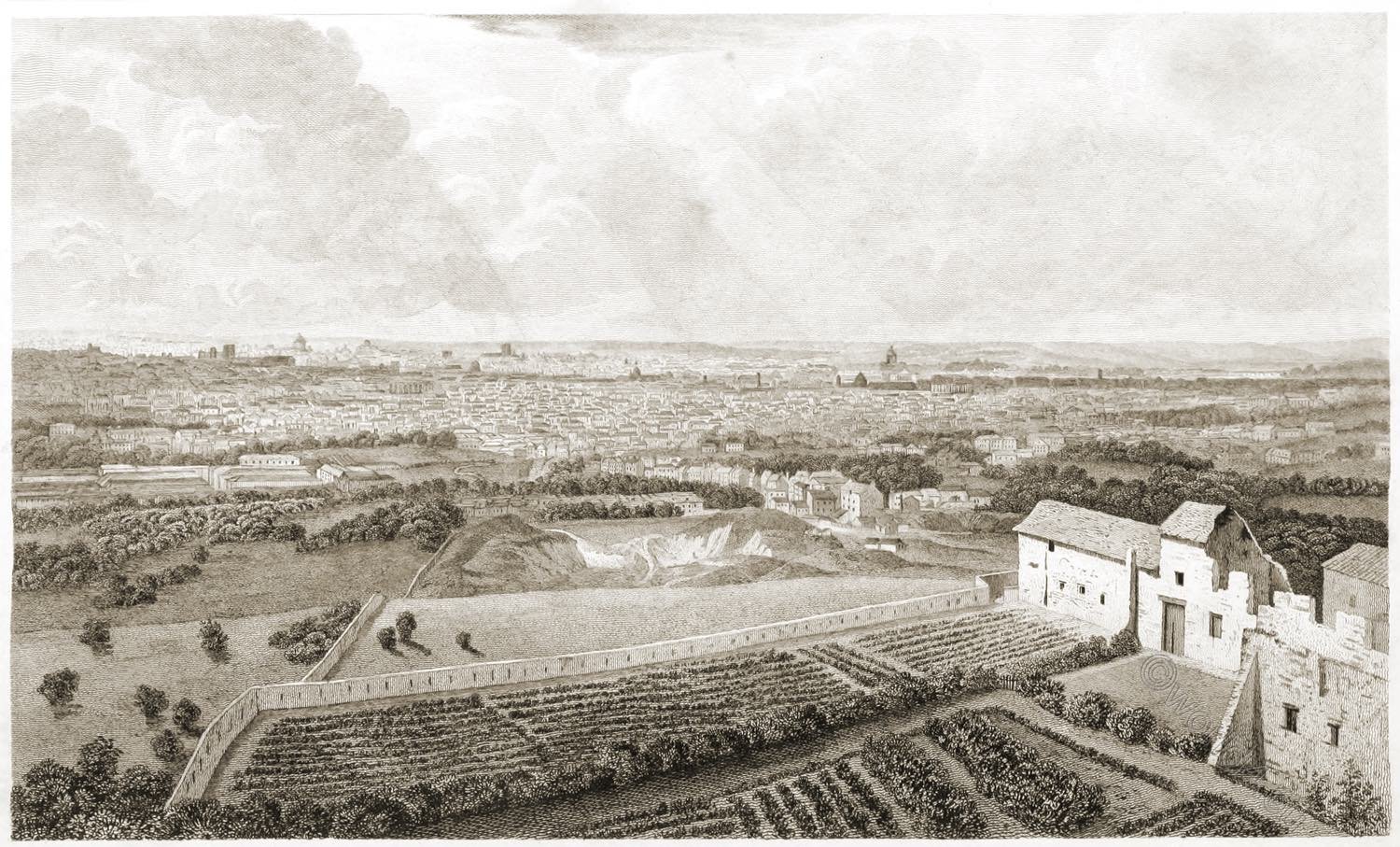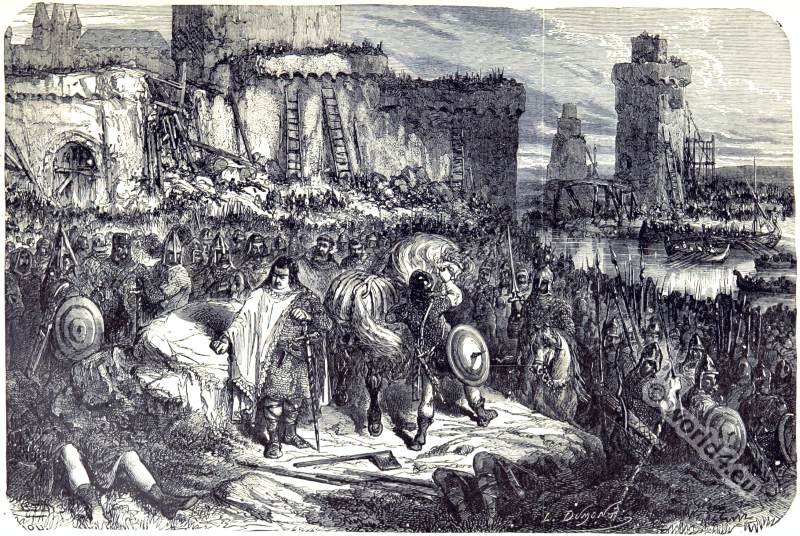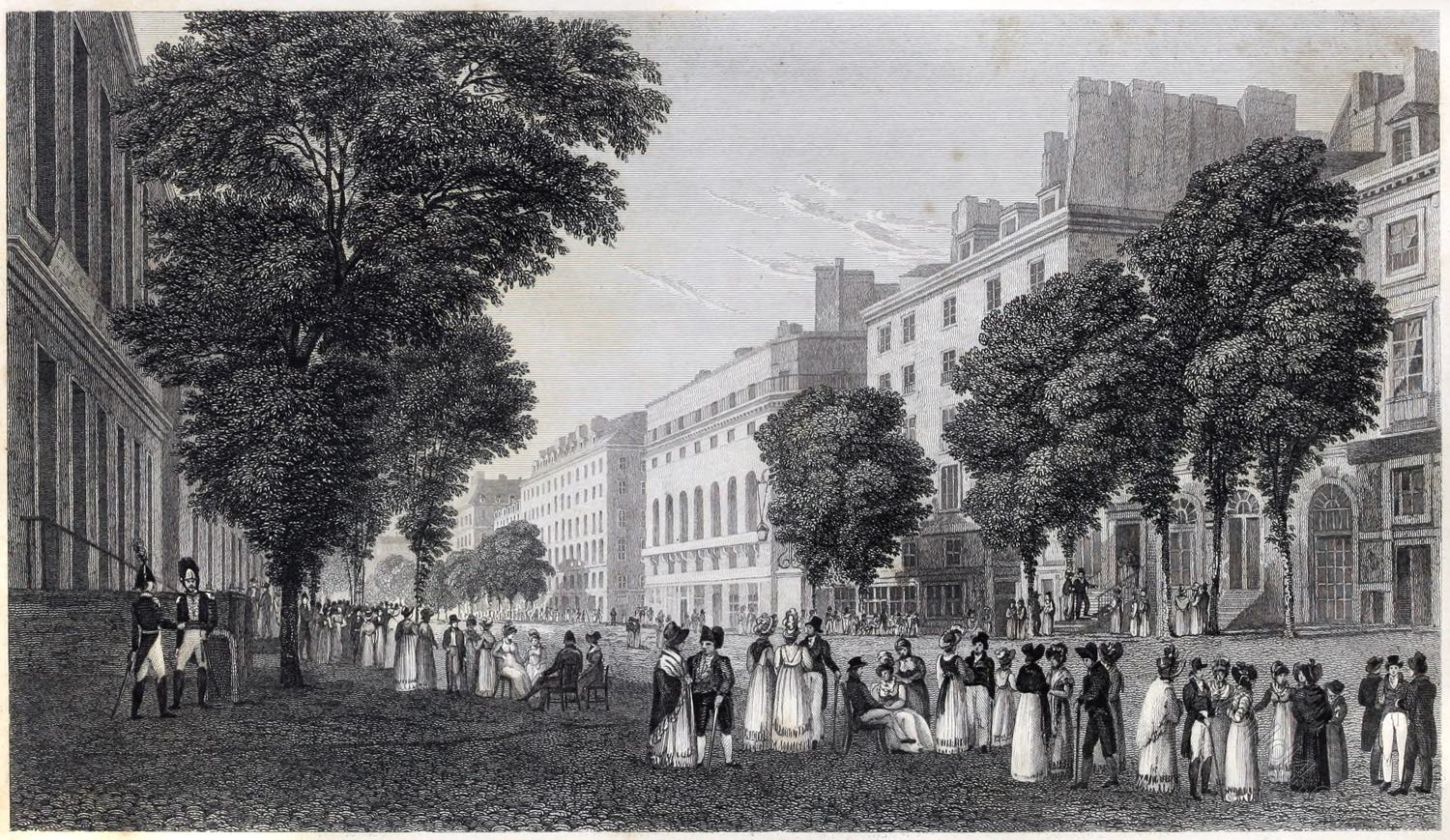
The 390-metre-long Boulevard des Italiens is located between the 2nd and 9th arrondissements of Paris, more precisely and from west to east, behind the Boulevard des Capuchins and before the Boulevard Montmartre and is one of the four Grands Boulevards of the Rive Droite. In 1828 it took its present name from the former “Théâtre italien de Paris” founded in 1793, now the Opéra-Comique, located in nearby Place Boieldieu.
Throughout the 19th century and up until the First World War, the boulevard saw the rise of the cafés and restaurants that lined it. However, with the completion of the neighbouring boulevard Haussmann, these gradually disappeared in favour of banks.
PARIS. THE ITALIAN BOULEVARD
by Robert Batty.
THE city of Paris is surrounded by broad streets, which mark the site of the ancient walls and ramparts, and which have in consequence obtained the name of the Boulevards. These streets are planted with a row of trees on each side, separating the foot-way from the pavement.
The Boulevards are amongst the most frequented parts of Paris, owing both to the shady and agreeable walks which they afford, and the numerous coffee-houses and restaurateurs, whither at all times of the day, but especially in the evening, the Parisians resort to take refreshments, and enjoy their leisure hours.
The annexed view is from the north side of the Boulevard, near the Café Tortoni.
Source: French scenery: from drawings made in 1819 by Robert Batty (1788 or 1789-1848). London: Published by Rodwell & Martin, New Bond Street, 1822.
Discover more from World4 Costume Culture History
Subscribe to get the latest posts sent to your email.

